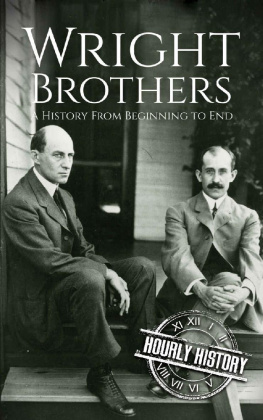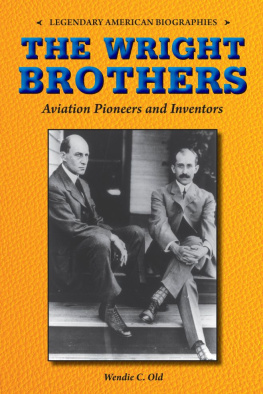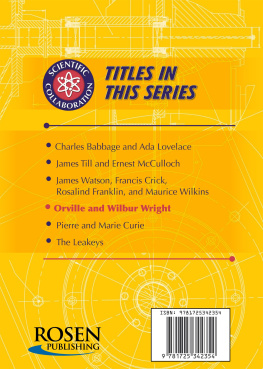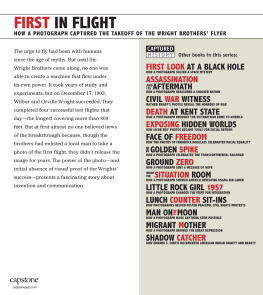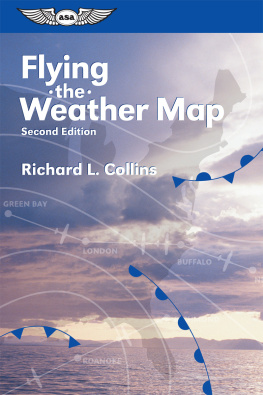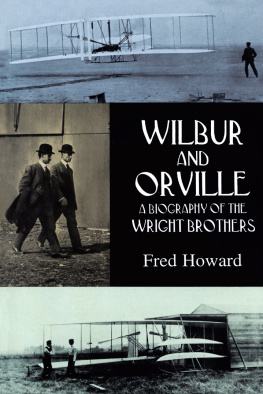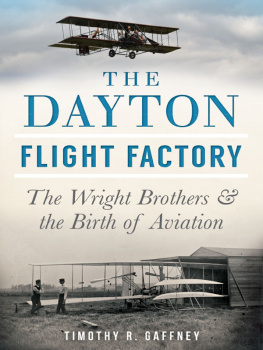THE COMPLETE HISTORY OF AVIATION
FROM BALLOONING TO SUPERSONIC FLIGHT
TRANSPORTATION AND SOCIETY
THE COMPLETE HISTORY OF
AVIATION
FROM BALLOONING TO SUPERSONIC FLIGHT
EDITED BY ROBERT CURLEY, MANAGER, SCIENCE AND TECHNOLOGY

Published in 2012 by Britannica Educational Publishing
(a trademark of Encyclopdia Britannica, Inc.)
in association with Rosen Educational Services, LLC
29 East 21st Street, New York, NY 10010.
Copyright 2012 Encyclopdia Britannica, Inc. Britannica, Encyclopdia Britannica,
and the Thistle logo are registered trademarks of Encyclopdia Britannica, Inc. All
rights reserved.
Rosen Educational Services materials copyright 2012 Rosen Educational Services, LLC.
All rights reserved.
Distributed exclusively by Rosen Educational Services.
For a listing of additional Britannica Educational Publishing titles, call toll free (800) 237-9932.
First Edition
Britannica Educational Publishing
Michael I. Levy: Executive Editor
J.E. Luebering: Senior Manager
Marilyn L. Barton: Senior Coordinator, Production Control
Steven Bosco: Director, Editorial Technologies
Lisa S. Braucher: Senior Producer and Data Editor
Yvette Charboneau: Senior Copy Editor
Kathy Nakamura: Manager, Media Acquisition
Robert Curley: Manager, Science and Technology
Rosen Educational Services
Jeanne Nagle: Senior Editor
Nelson S: Art Director
Cindy Reiman: Photography Manager
Karen Huang: Photo Researcher
Brian Garvey: Designer
Matt Cauli: Cover Design
Introduction by Laura Loria
Library of Congress Cataloging-in-Publication Data
The complete history of aviation: from ballooning to supersonic flight/edited by Robert
Curley.1st ed.
p. cm.(Transportation and society)
In association with Britannica Educational Publishing, Rosen Educational Services.
Includes bibliographical references and index.
ISBN 978-1-61530-725-8 (eBook)
1. AeronauticsJuvenile literature. I. Curley, Robert, 1955
TL547.C575 2012
629.13009dc23
2011018093
On the cover:A jet fighter plane soars above the clouds. Jet-engine fighter planes were used sparingly
during World War II, and were refined in the post-war years. Shutterstock.com
On page viii:Hot air balloons take flight near Canterbury, Eng., as part of a mass crossing of the
English Channel on April 7, 2011. Oli Scarff/Getty Images
Pages Shutterstock.com
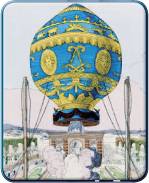

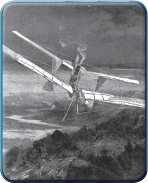
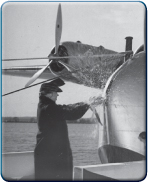
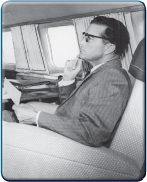
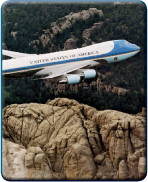

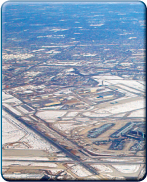

INTRODUCTION

A little more than a century ago, Wilbur and Orville Wright achieved the first powered, sustained, and controlled flight of an airplane, an experiment that changed the world. However, the principles of flight were established well before then, studied and tested by explorers and inventors worldwide. From the ancient Greek inventor Archimedes to the Wright brothers and beyond, humankind has sought to unlock the secrets of flight, finding a way for humans to defy gravity and slip the bonds that keep us earthbound. The History of Flight examines the origins of this quest, explains the mechanisms by which flight is possible, and tells the story of how aviation has evolved.
The earliest forays into human flight were in balloons. Balloon flight is possible because of buoyancy, which allows a balloon to carry a weight that is less than or equal to the difference between the weight of the balloon (and its enclosed gas) and that of the air that it displaces. A balloons buoyancy can be controlled by changing the amount of gas in the envelope (in the case of a gas balloon) or by changing the temperature of the air within the envelope (in the case of a hot-air balloon), thereby changing its weight relative to the amount of air it displaces. In addition to an envelope and a heat source, hot-air balloons designed for travel have a basket, or gondola, for the passengers and instruments, and an air-release system for controlled descent and landing.
The Montgolfier brothers of late 18th-century France were the fathers of hot-air ballooning. In a smallish balloon of their own creationwith an envelope of cloth and paper enclosing air heated by burning strawthey made the first successful unmanned balloon flight in June of 1783. In November of that year, fellow Frenchmen Jean-Franois Piltre de Rozier and Franois Laurent, marquis dArlandes achieved a 10-mile manned flight over Paris, witnessed by Frances King Louis XVI and American inventor and statesman Benjamin Franklin.
Over the next two centuries, fuel sources for hot-air balloons moved from the Montgolfiers original burning straw to include coal gas, petroleum, and propane. Envelope design evolved as well, moving from cloth and paper to include silk and nylon, and, in the case of super-pressure balloons, polyester. Propane burners and nylon or polyester envelopes remain popular in hot-air ballooning today.
Ballooning in the 20th century pushed the boundaries of the craft. The development of pressurized suits and cabins allowed for high-altitude flight. High-altitude balloons have specific practical applications, for example, aerial photography and cosmic ray research. Modern-day adventurers pushed the limits of ballooning, including Steve Fossett, who made the first solo balloon flight around the world in 2002. Ballooning also has become a popular leisure activity. Commercial hot-air balloons can carry as many as 20 passengers.
Flight via airships enjoyed a brief popularity in the first decades of the 20th century. There are three types of airships. Non-rigid airships, commonly called blimps, are made of material similar to that used for the envelopes of gas balloons. Rather than a basket, however, an airship envelope is attached to a car that has rudders and a set of propellers driven by engines. Semi-rigid airships also are similar to blimps but have a metal keel running the length of the balloons base.
Finally, rigid airships are made of a fabric envelope supported on a frame of metal. This type of aircraft saw some success as a means of transport in the 1920s and 30s. Dirigibles designed by (and named after) Ferdinand von Zeppelin were used for military purposes during World War I by both Germany and the Allies. The famous
Next page

